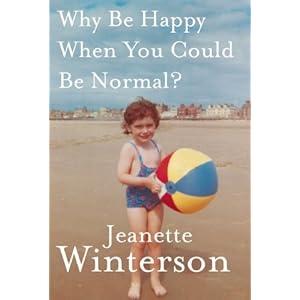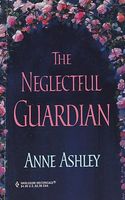In her newest book, Are You My Mother?, Bechdel is still as relentlessly intertextual as she was in Fun Home. As in other academic and journalistic accounts, for Fun Home Bechdel assembled an archive of material and relied on it to inform her telling. Her unique insistence on tracing every newspaper clipping, family photograph, and book passage by hand, and thereby drawing it into this stylized portrait of her experience, literally illustrated that when an author introduces this sort of “objective” evidence for their tale, they are subjectively framing it so it fits their point of view. In other words, Fun Home was as much a “A Family Tragicomic” as a lesson in hermeneutics. Likewise, in Are You My Mother? Bechdel still exercises the same fastidious attention to detail in her drawings as she did in earlier works. In the text she even demonstrates how she “underwrites” the authenticity of her characterizations: by first enacting, photographing, and then drawing each pose in every panel herself.
However, in contrast to Bechdel’s earlier work, Are You My Mother? is more limited in what literature it draws upon to illustrate the narrative and how. In this work, Bechdel mostly relies on psychoanalytic texts to both guide and illustrate what she can infer about herself from the dynamics of her intimate relationships. Though she discusses these ideas at length, and uses them to structure her narrative, Bechdel’s discussion of how she identified the explanatory power of Freud et al. is unsatisfying to say the least. Indeed, she says that following a therapy session she starting investigating the work of Freud, soon after got knocked between the eyes by a board and then developed a pimple between the eyes. The proximity of this trauma to her “third eye” caused her to surmise that “my unconscious was telling me to pay more attention to my unconscious” (49). Funny, yes, but she fails to make a case about why the reader might also consider psychoanalysis to be a compelling analytic framework. Perhaps I found that this lack of methodological grounding detracted from my enjoyment of the book so much because now when I come across a piece of work that looks like it could be autobiographical criticism I expect for it to read like Terry Goldie’s** more disciplined work, queersexlife (how now can I not be leery when I see theory applied without an extensive discussion of how the author identified [with it/it as a useful lens]?).
Notwithstanding the narrative flops (alluded to above and amply discussed elsewhere), Bechdel still demonstrates that she can translate complex ideas effectively, and, indeed, artfully. For instance, in the first section, Bechdel overlays a summary of Winnicot’s theory of object relations over a chart of the significant intimate relationships in her life, and demonstrates to the reader what his theory might elucidate (see below). Additionally, even if her ungrounded theorizing led to some facile characterization, we can still trust Bechdel to present characters with dimension, in this work experimenting with her style by adding shadows, in each panel showing the play of darkness and light.
Despite the (not infrequent) twinges of vicarious embarrassment I felt while reading Are You My Mother?, it was for the artistic details, and flashes of inspiration that made still made it a highly enjoyable work to read. They are also why I will eagerly seek out whatever future work Alison Bechdel produces.

**"tip o' the nib" to Ferg for suggesting this connection





